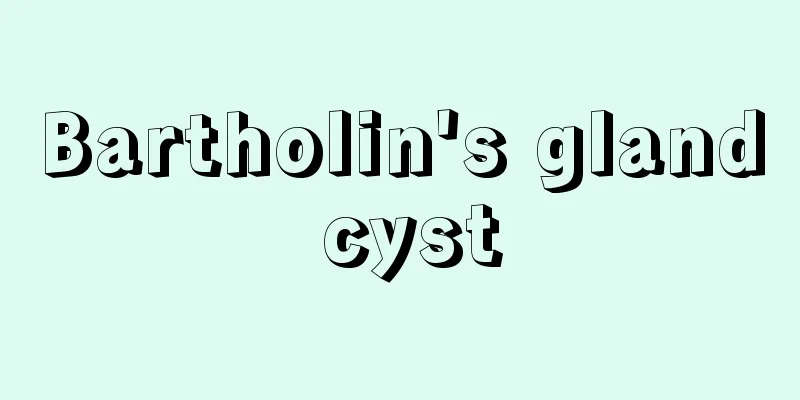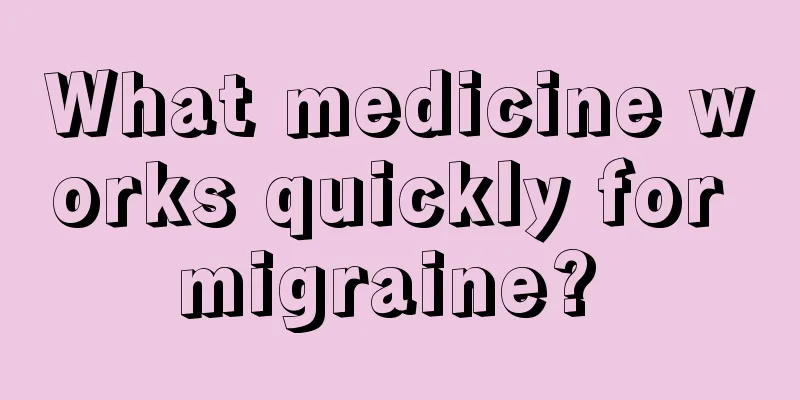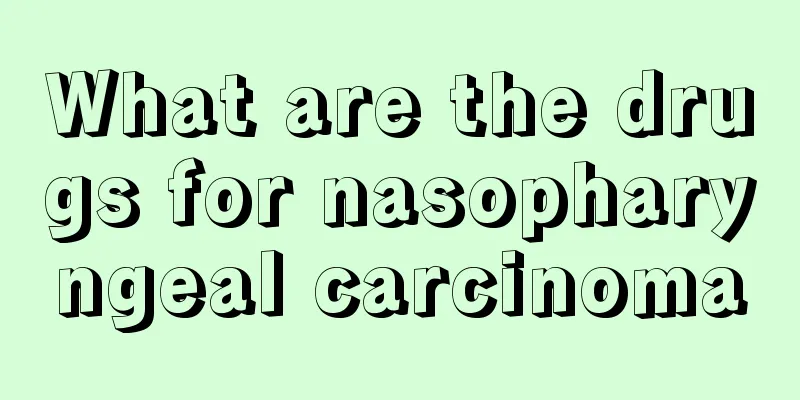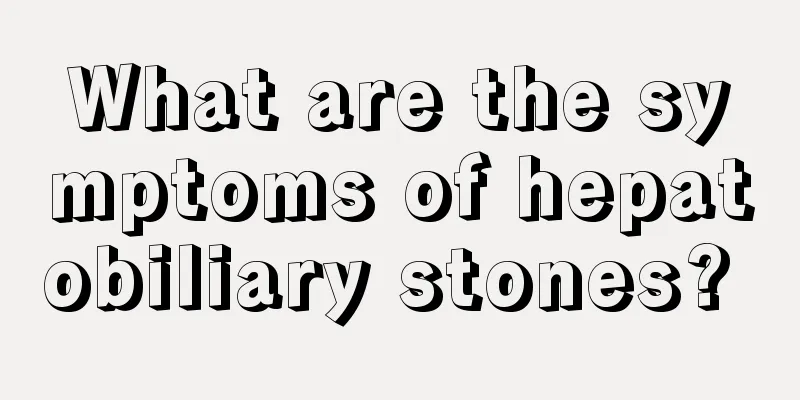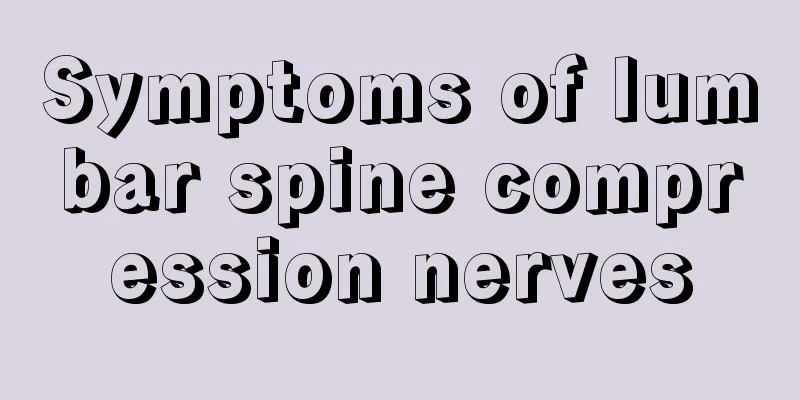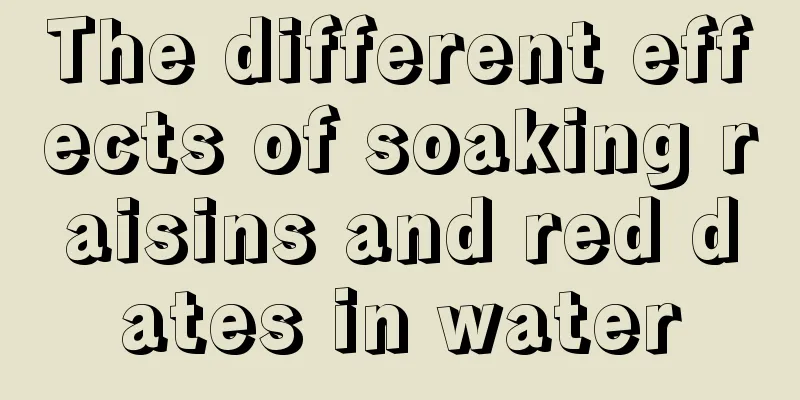Symptoms of esophageal cyst
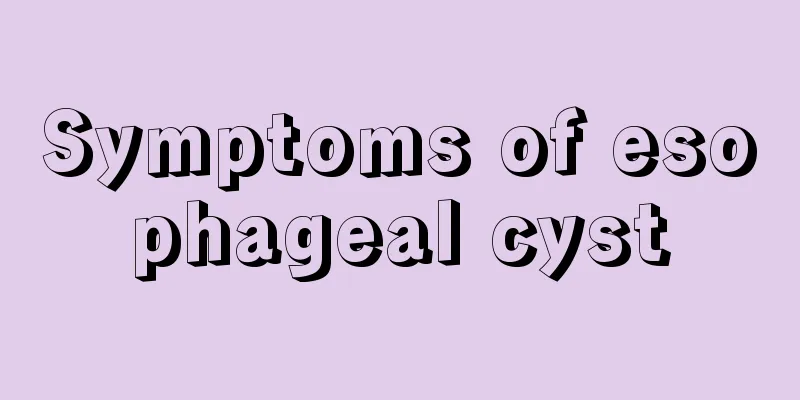
|
Esophageal cyst is a relatively common disease. It is mainly located in the middle mediastinum and is a cystic tumor. There are many causes, such as congenital embryonic malformation. It may also be related to mucosal irritation and hyperplasia. In recent years, this type of esophageal cyst is very common in clinical practice, especially among some adolescents. Let's take a look at its symptoms. Symptoms of esophageal cysts The clinical manifestations of esophageal cysts are related to the size and location of the cysts. A huge esophageal cyst can occupy one side of the chest cavity, compressing or blocking the airway, especially at the entrance of the chest cavity and the tracheal bifurcation, causing obvious symptoms of airway compression. Clinical manifestations include wheezing, dyspnea and recurrent respiratory tract infections. In severe cases, young children may experience extreme breathing difficulties, cyanosis, and even suffocation and death. When the cyst penetrates the trachea or bronchi, it may cause bronchiectasis or lung abscess. Another manifestation of esophageal cysts is symptoms of esophageal compression, such as difficulty swallowing, poor eating, reflux, vomiting, pain behind the sternum, and weight loss, which is more common in adult patients. Of course, small esophageal cysts may not have any symptoms, but a mediastinal shadow may be accidentally discovered on the chest X-ray during physical examination. Physical examination often fails to reveal any valuable signs. Treatment Once an esophageal cyst is diagnosed, it can be removed surgically. Because the outer wall of most esophageal cysts is smooth and the adhesion is not severe, they are easy to remove. When the cyst is tightly adhered to the trachea, bronchus, esophagus or aorta, and the cyst wall is well supplied with blood, it is difficult to remove it. The key to the operation is to remove the epithelium lining the cyst wall because it has a secretory function. As for the cyst wall, it may atrophy, adhere and fibrose later. If a child suffers from respiratory distress due to compression by a huge esophageal cyst in the mediastinum, emergency puncture decompression can be performed first, followed by secondary surgery to remove the cyst. Sometimes, the cyst is huge or there are certain complications, and it may be difficult to perform esophageal cyst removal surgery. At this time, no matter what method is used, care must be taken to avoid damaging the esophagus. The results of esophageal cyst resection are good and no recurrence has been observed, but there are individual reports of malignant transformation of mediastinal esophageal cysts. |
<<: Is esophageal diverticulum serious?
Recommend
Analysis of common early symptoms of nasopharyngeal carcinoma in life
Among the many cancer diseases, nasopharyngeal ca...
Symptoms of heart tumors
Patients with cardiac tumors may not have any sym...
What are the symptoms of stomach problems?
Gastric diseases include gastric ulcer, chronic g...
The difference between black tea and Pu'er tea
From an outsider's perspective, there is not ...
Complications of clubfoot surgery
Clubfoot is actually a congenital disease. Genera...
What causes headaches and how to relieve them
Many people may have experienced headaches in the...
What are the effects and functions of potato juicing?
Potatoes are the potatoes we eat every day. Potat...
Under what circumstances should an MRI be performed
Most people are familiar with magnetic resonance ...
What to do if the gums swell up
The weather is getting hotter now, and people'...
Why is pancreatic cancer the king of all cancers
Pancreatic cancer is known as the "king of a...
What are the techniques for cupping and tightening?
In daily life, the human body will inevitably hav...
What are the methods for whitening, removing spots and acne marks?
Many people face many skin problems due to irregu...
What are the symptoms of gallbladder cancer
For many people, gallbladder cancer is not a simp...
How much does a craniotomy for brain cancer cost?
Different methods are used to treat various brain...
What should I do if I have a toothache and a lump in my neck?
Toothache is a very severe painful feeling in lif...

